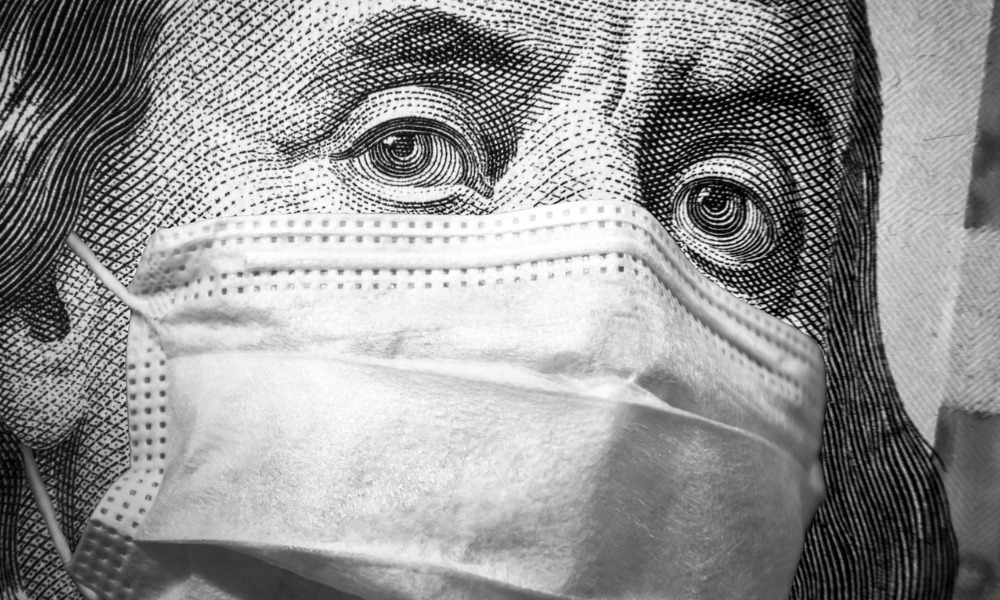AGF CEO says inflation, energy prices, and employment figures raise more questions than answers

At any given point in time, investors have to contend with a certain level of uncertainty when making decisions. That’s especially true today as investors contend with more variables than known quantities in the economic landscape.
In a recent commentary, AGF CEO and Chief Investment Officer Kevin McCreadie highlighted how the current market environment apparently has more variables at play than perhaps is normal.
“Perhaps the best example of this is the inflation debate,” McCreadie said. “In the span of just a few months, markets have gone from believing higher prices are a long-term inevitability to believing – much like the U.S. Federal Reserve – that they are a transitory phenomenon to now, once again, believing inflation may indeed be more persistent.”
In its most recent shift in stance, he said the Fed projected the CPI will stay above 4% for the rest of the year. Part of that comes down to persistent difficulties in global supply chains, which could get even worse with increases in consumer demand during the holiday season
Energy prices are another complicating factor. Citing Bloomberg, he noted oil prices are at their highest in seven years as continued demand growth intersects with OPEC+’s decision to not significantly raise production. Prices of natural gas, coal, and other energy resources have hit new highs due to strong demand and underinvestment in supply of traditional power sources, as well as the lengthy stop-and-start transition to renewables.
There’s also the question of when rates will rise. “The Fed has stated that it wants to see full employment before it starts to raise rates, which likely means an unemployment rate lower than 4% and maybe closer to 3.5%,” McCreadie said. “To that end, the September jobs report seems to be a definitive step towards a rate hike sometime in 2022.”
The U.S. Bureau of Labor Statistics said that in September, the unemployment rate declined from 5.2% to 4.8%, the 14th decrease in 17 months. But it also reported U.S. employers adding just 194,000 new jobs, marking the second consecutive miss to the far downside. That was likely due to the delta variant of COVID-19 putting a lid on potential employees’ ability to come in to work, and that theory will be tested as the impact of the new strain abates.
“The market has been bolstered in recent days knowing the U.S. Treasury won’t default on its debt following the U.S. Senate’s decision to pass a bill raising the debt ceiling into early December,” McCreadie said. “That said, U.S. President Biden still hasn’t gotten his major infrastructure legislation passed through U.S. Congress and the more time passes, the less clear it becomes what the market thinks about the US$2-trillion plan.”
Apart from that, investors must also pore through another parade of U.S. earnings reports, which he said may be less rosy compared to the previous round.
“S&P 500 Index earnings for the third quarter are expected to slow dramatically in comparison to the second quarter of this year when earnings growth soared from the effect of very favourable year-over-year comparisons,” he said.



